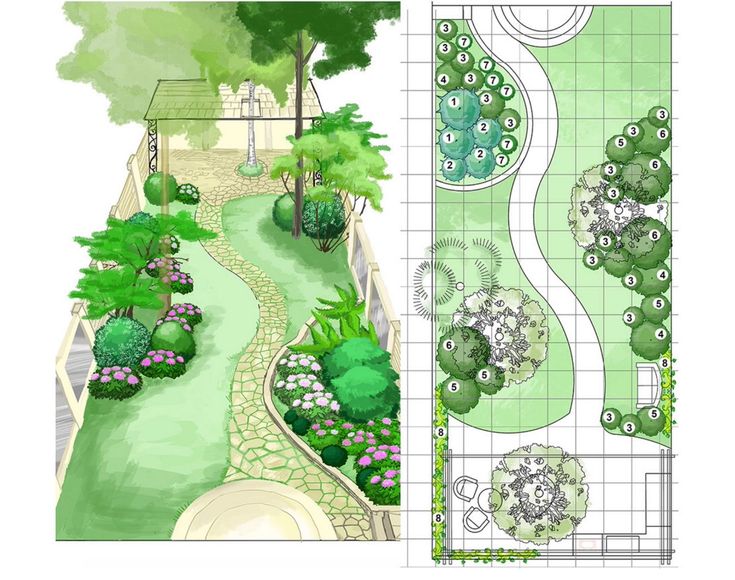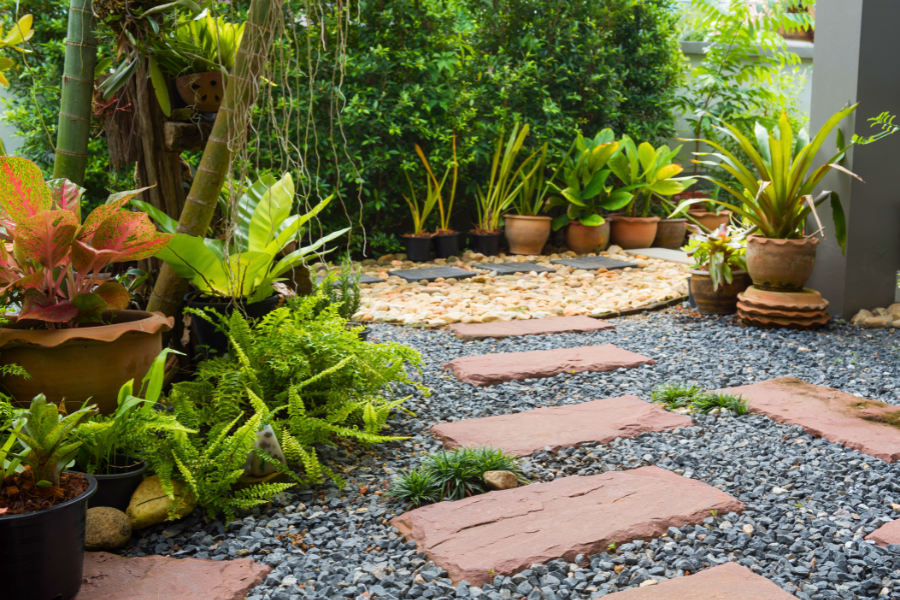A well-designed garden is more than just an outdoor space—it’s an extension of your home, offering a serene retreat where you can relax, entertain, and connect with nature. Whether you’re starting from scratch or revitalizing an existing garden, thoughtful design is key to creating a cohesive and visually appealing landscape.

In this blog post, we’ll guide you through the essential elements of garden design, from choosing the right plants and layouts to incorporating functional and aesthetic features. Let’s explore how to transform your garden into a lush oasis that reflects your personal style and enhances your outdoor living experience.
Understanding Your Space
Before diving into the design process, it’s crucial to understand the unique characteristics of your garden space. Consider factors such as the size and shape of your garden, soil type, and the amount of sunlight and shade different areas receive throughout the day. Knowing your garden’s microclimates will help you select the right plants and features that will thrive in your specific environment.


Take time to observe how you currently use your outdoor space and what you envision for the future. Do you want a garden that’s primarily for relaxation, or do you need areas for entertaining, growing vegetables, or providing play space for children? Defining the purpose of your garden will guide your design decisions and ensure the final layout meets your needs.
Selecting the Right Plants
Choosing the right plants is fundamental to a successful garden design. Start by selecting a mix of plants that complement each other in terms of color, texture, and form. Consider the seasonal changes in your garden and aim to include a variety of plants that offer year-round interest. This could consist of evergreen shrubs for structure, flowering perennials for color, and ornamental grasses for texture.

When selecting plants, also consider their growth habits and mature size to ensure they fit well within your design and don’t overcrowd the space over time. Incorporating native plants can be beneficial as they are well-adapted to your local climate and soil, requiring less maintenance and providing habitat for local wildlife.

Creating a Functional Layout
A well-designed garden layout balances aesthetics with functionality, ensuring that every part of the garden is both beautiful and usable. Start by defining key areas in your garden, such as seating areas, pathways, planting beds, and focal points like water features or sculptures. Use these areas to create a natural flow through the garden, encouraging movement and exploration.


Pathways are essential for guiding visitors through the garden and connecting different areas. Consider using materials like gravel, stone, or pavers that complement your garden’s style. Seating areas should be positioned to take advantage of the best views and provide a comfortable place to relax. Integrating lighting into your layout enhances both safety and ambiance, allowing you to enjoy your garden well into the evening.

Incorporating Water Features and Garden Structures
Water features and garden structures add character and depth to your garden design, creating focal points that draw the eye and enhance the overall aesthetic. A well-placed fountain, pond, or waterfall can introduce the soothing sound of water, making your garden feel more tranquil and inviting. When selecting a water feature, consider the scale of your garden and choose a design that complements the overall style.

Garden structures like pergolas, arbors, and trellises provide both functional and decorative elements. These structures can define spaces, offer shade, and support climbing plants, adding vertical interest to your garden. Choose materials and designs that match your garden’s theme, whether it’s a rustic wooden pergola or a sleek metal trellis.

Personalizing Your Garden with Accessories
Adding personal touches and accessories to your garden design helps reflect your style and makes the space truly your own. Consider incorporating elements such as garden art, outdoor furniture, and decorative planters that enhance the overall theme of your garden. Wind chimes, bird feeders, and lanterns can add a whimsical touch, while well-chosen cushions and throws create a cozy, inviting atmosphere.


Consider the colors, patterns, and materials of your accessories to ensure they harmonize with the rest of your garden design. Personalizing your space with these final touches not only enhances its beauty but also makes it a place where you’ll love to spend time.

Designing a beautiful and functional garden requires careful planning and thoughtful choices. By understanding your space, selecting the right plants, and creating a layout that balances aesthetics and usability, you can transform your garden into a lush oasis that enhances your outdoor living experience. Incorporating water features, garden structures, and personalized accessories adds the finishing touches, making your garden a reflection of your unique style and a place of beauty and relaxation.

